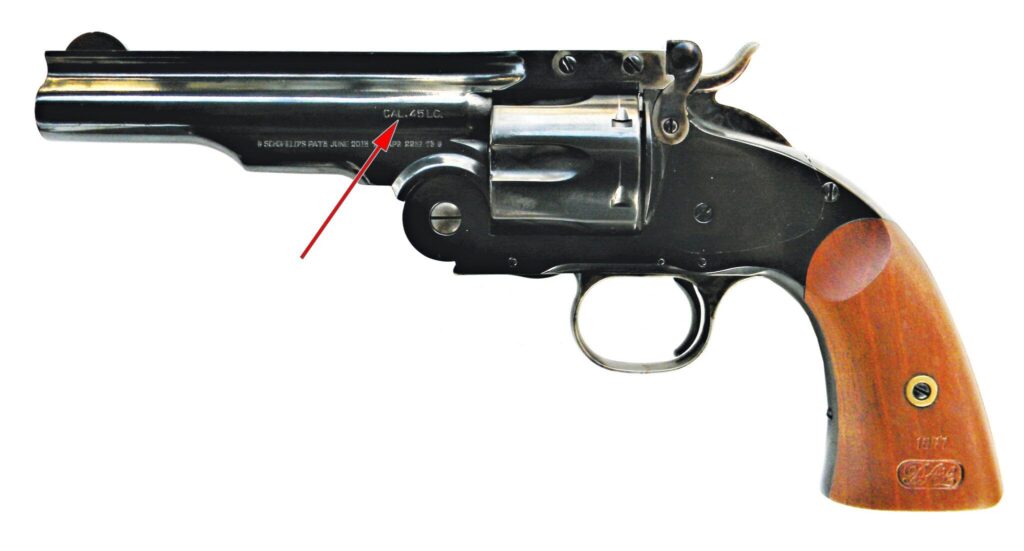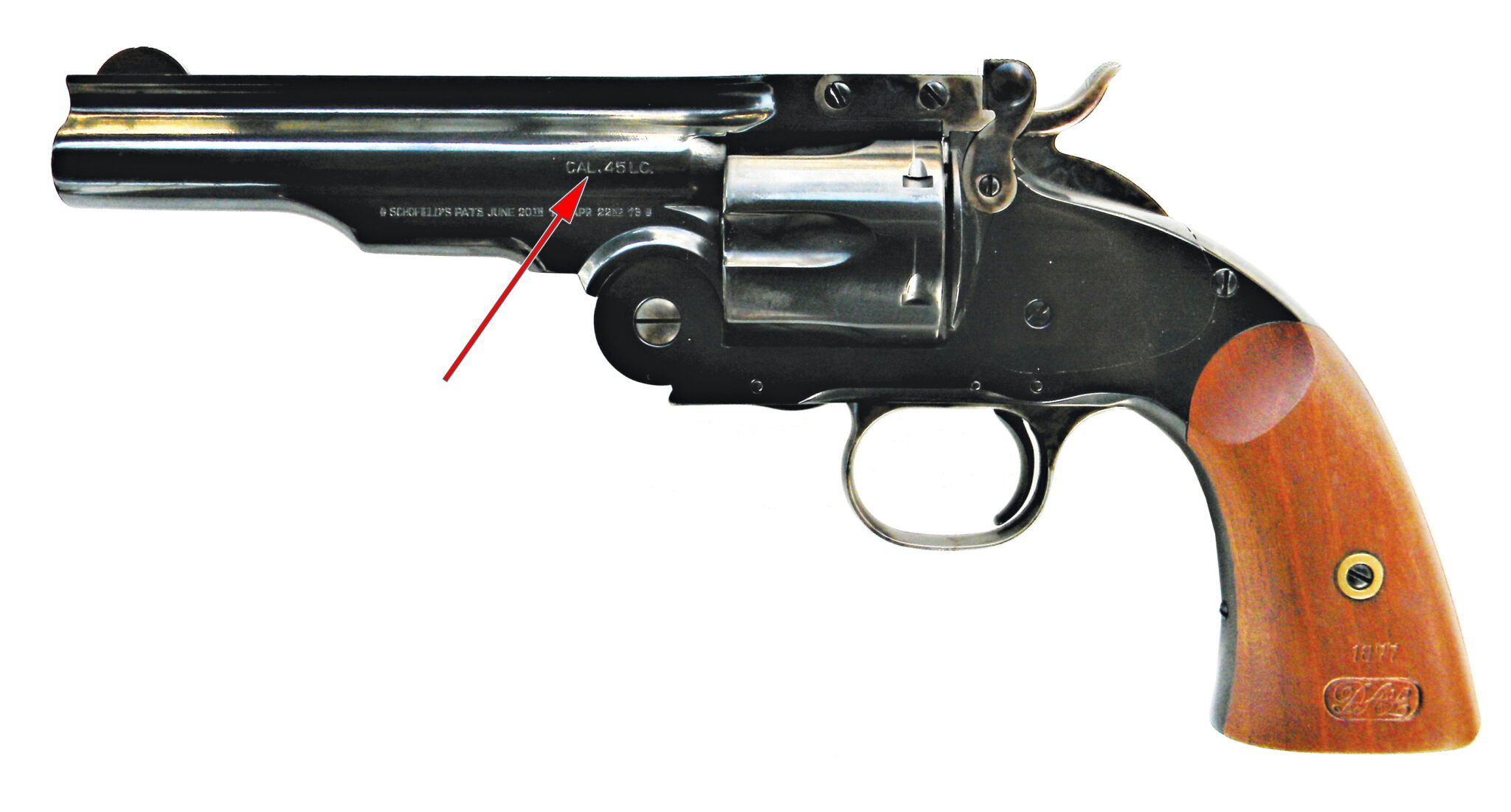
.357 Magnum vs .45 Colt: A Comprehensive Comparison
The debate between the .357 Magnum and the .45 Colt is a long-standing one in the world of firearms. Both cartridges have a rich history and are known for their stopping power, but they cater to different needs and preferences. This article provides a detailed comparison of the .357 Magnum and the .45 Colt, examining their ballistics, recoil, applications, and overall suitability for various purposes. Understanding the nuances of each cartridge is crucial for making an informed decision when choosing a firearm or ammunition.
A Historical Overview
The .45 Colt, also known as the .45 Long Colt, was introduced in 1873 for the Colt Single Action Army revolver. It quickly gained fame in the American West and became a symbol of the era. The .45 Colt was primarily designed for military use and offered significant stopping power against both human and animal targets. Its large bullet diameter and heavy bullet weight contributed to its reputation as a formidable cartridge.
The .357 Magnum, on the other hand, is a much newer cartridge, developed in the 1930s. It was designed to be a higher-velocity, flatter-shooting alternative to other revolver cartridges of the time. The .357 Magnum was a collaboration between Smith & Wesson and Elmer Keith, a renowned gun writer and handloader. It was based on the .38 Special cartridge but featured a slightly longer case and higher operating pressure.
Ballistic Performance
When comparing the .357 Magnum and the .45 Colt, ballistic performance is a key consideration. The .357 Magnum is known for its high velocity and flat trajectory. A typical .357 Magnum load can propel a 125-grain bullet at velocities exceeding 1400 feet per second. This high velocity results in significant energy transfer upon impact, making it an effective round for self-defense and hunting smaller game.
The .45 Colt, while not as fast as the .357 Magnum, offers a heavier bullet with a larger diameter. A common .45 Colt load might involve a 255-grain bullet traveling at around 900 feet per second. The .45 Colt’s strength lies in its ability to deliver a substantial amount of energy with each shot, even at lower velocities. This makes it a popular choice for hunting larger game and for those who prioritize stopping power over a flat trajectory.
Velocity and Energy
In terms of velocity, the .357 Magnum generally outperforms the .45 Colt. This higher velocity translates to a flatter trajectory, making it easier to hit targets at longer ranges. However, the .45 Colt compensates with its heavier bullet, which retains energy better at longer distances. The energy difference between the two cartridges depends heavily on the specific loads being compared. Some .45 Colt loads can match or even exceed the energy of lighter .357 Magnum loads, especially at close ranges.
Trajectory
The flatter trajectory of the .357 Magnum makes it easier to aim and hit targets at varying distances without significant holdover. This can be an advantage in situations where quick follow-up shots are necessary. The .45 Colt, with its more curved trajectory, requires more precise range estimation, especially at longer distances. However, for close-range encounters, the trajectory difference is less significant.
Recoil Comparison
Recoil is another important factor to consider when choosing between the .357 Magnum and the .45 Colt. The .357 Magnum, with its higher velocity and lighter bullet, generally produces a sharper, more snappy recoil. This can be challenging for some shooters, especially those who are recoil-sensitive. Proper grip and shooting technique are essential for managing the recoil of the .357 Magnum effectively.
The .45 Colt, on the other hand, tends to produce a more of a push than a snap. While the total recoil energy may be similar to the .357 Magnum, the slower velocity and heavier bullet result in a recoil impulse that feels different. Many shooters find the recoil of the .45 Colt to be more manageable, particularly in heavier revolvers. However, lightweight revolvers chambered in .45 Colt can still produce significant recoil.
Felt Recoil
“Felt recoil” is subjective and depends on various factors, including the shooter’s experience, the firearm’s weight, and the specific ammunition used. Generally, the .357 Magnum is perceived as having a more intense recoil due to its rapid acceleration of the bullet. The .45 Colt’s recoil is often described as more gradual, making it easier to control for some shooters.
Applications and Use Cases
Both the .357 Magnum and the .45 Colt have a wide range of applications. The .357 Magnum is a popular choice for self-defense, law enforcement, and hunting small to medium-sized game. Its high velocity and flat trajectory make it well-suited for these purposes. The .357 Magnum is also a versatile cartridge that can be used in both revolvers and lever-action rifles, further expanding its utility.
The .45 Colt is often favored for hunting larger game, Cowboy Action Shooting, and historical reenactments. Its heavy bullet and significant stopping power make it effective against larger animals, while its historical association with the American West appeals to enthusiasts of that era. The .45 Colt is also a popular choice for those who prefer a cartridge with a long and storied history.
Self-Defense
For self-defense, the .357 Magnum is often considered a top choice due to its high velocity and proven track record. However, the .45 Colt can also be an effective self-defense cartridge, especially at close ranges. The larger bullet diameter of the .45 Colt can deliver significant trauma, potentially stopping an attacker quickly. [See also: Best Self-Defense Revolvers] The choice between the two cartridges for self-defense often comes down to personal preference and the ability to manage recoil.
Hunting
Both cartridges are used for hunting, but they excel in different scenarios. The .357 Magnum is suitable for hunting small to medium-sized game, such as deer and hogs, at moderate ranges. The .45 Colt is better suited for hunting larger game, such as elk and bear, at closer ranges. The .45 Colt’s heavier bullet provides greater penetration, making it more effective against thick-skinned animals. It’s crucial to select appropriate loads and practice extensively to ensure ethical and effective hunting.
Cowboy Action Shooting
Cowboy Action Shooting is a popular sport that involves using firearms from the Old West era. The .45 Colt is a staple cartridge in this sport, due to its historical accuracy and association with the period. While the .357 Magnum can also be used in Cowboy Action Shooting, the .45 Colt is generally more authentic and widely accepted. [See also: History of Cowboy Action Shooting] The .45 Colt’s lower velocity and heavier bullet also contribute to a more manageable shooting experience in this context.
Firearm Availability
Both the .357 Magnum and the .45 Colt are chambered in a variety of firearms, including revolvers and lever-action rifles. The .357 Magnum is generally more widely available in a broader range of firearms, due to its greater popularity and versatility. [See also: .357 Magnum Revolver Reviews] The .45 Colt, while still available in many firearms, may have fewer options, particularly in modern, high-capacity designs. However, both cartridges are well-supported by the firearms industry, and finding a suitable firearm for either is generally not difficult.
Ammunition Availability and Cost
Ammunition for both the .357 Magnum and the .45 Colt is readily available from most major ammunition manufacturers. However, the cost of ammunition can vary significantly depending on the specific load and manufacturer. Generally, the .357 Magnum ammunition tends to be slightly less expensive than .45 Colt ammunition, due to its higher production volume and wider availability. [See also: Ammunition Price Comparison] Reloading components are also widely available for both cartridges, allowing shooters to customize their loads and reduce costs.
The .357 Magnum vs .45 Colt: Which is Right for You?
Choosing between the .357 Magnum and the .45 Colt depends on your specific needs and preferences. If you prioritize high velocity, a flat trajectory, and versatility, the .357 Magnum is a solid choice. It’s well-suited for self-defense, law enforcement, and hunting small to medium-sized game. If you prefer a heavier bullet with significant stopping power and a connection to the American West, the .45 Colt is a better option. It excels in hunting larger game, Cowboy Action Shooting, and historical reenactments.
Ultimately, the best way to determine which cartridge is right for you is to try both. Visit a shooting range, rent firearms chambered in both .357 Magnum and .45 Colt, and see which one you prefer. Consider the factors discussed in this article, such as ballistic performance, recoil, applications, and cost, and make an informed decision based on your own experiences and needs. Both the .357 Magnum and the .45 Colt are capable cartridges with a rich history, and either can serve you well in the right circumstances.
Conclusion
The .357 Magnum and the .45 Colt are two iconic cartridges that have stood the test of time. While they differ in their ballistic performance, recoil characteristics, and applications, both offer significant stopping power and a unique shooting experience. Understanding the strengths and weaknesses of each cartridge is essential for making an informed decision when choosing a firearm or ammunition. Whether you’re a seasoned shooter or a novice, exploring the nuances of the .357 Magnum and the .45 Colt can enhance your appreciation for the art and science of firearms.

